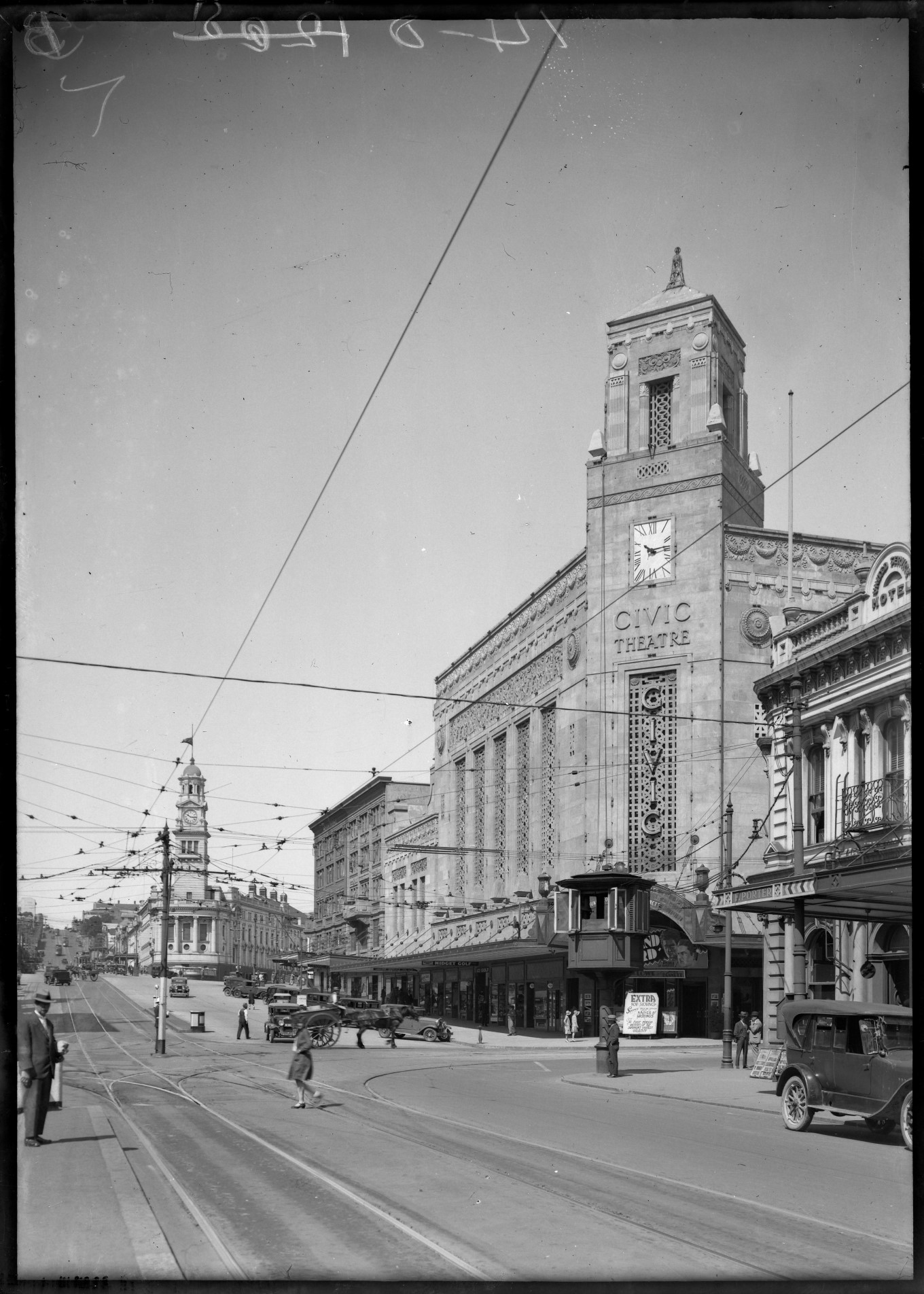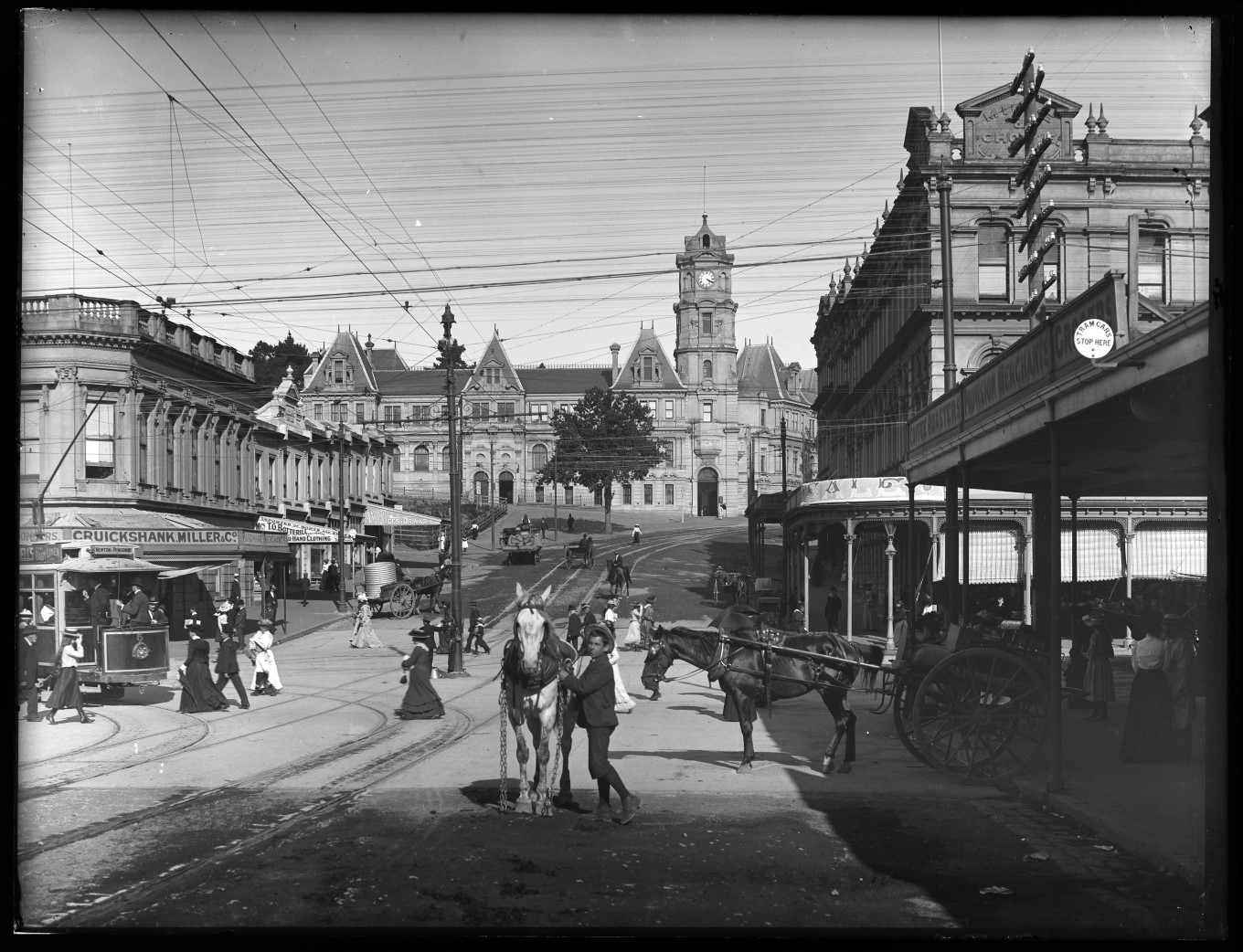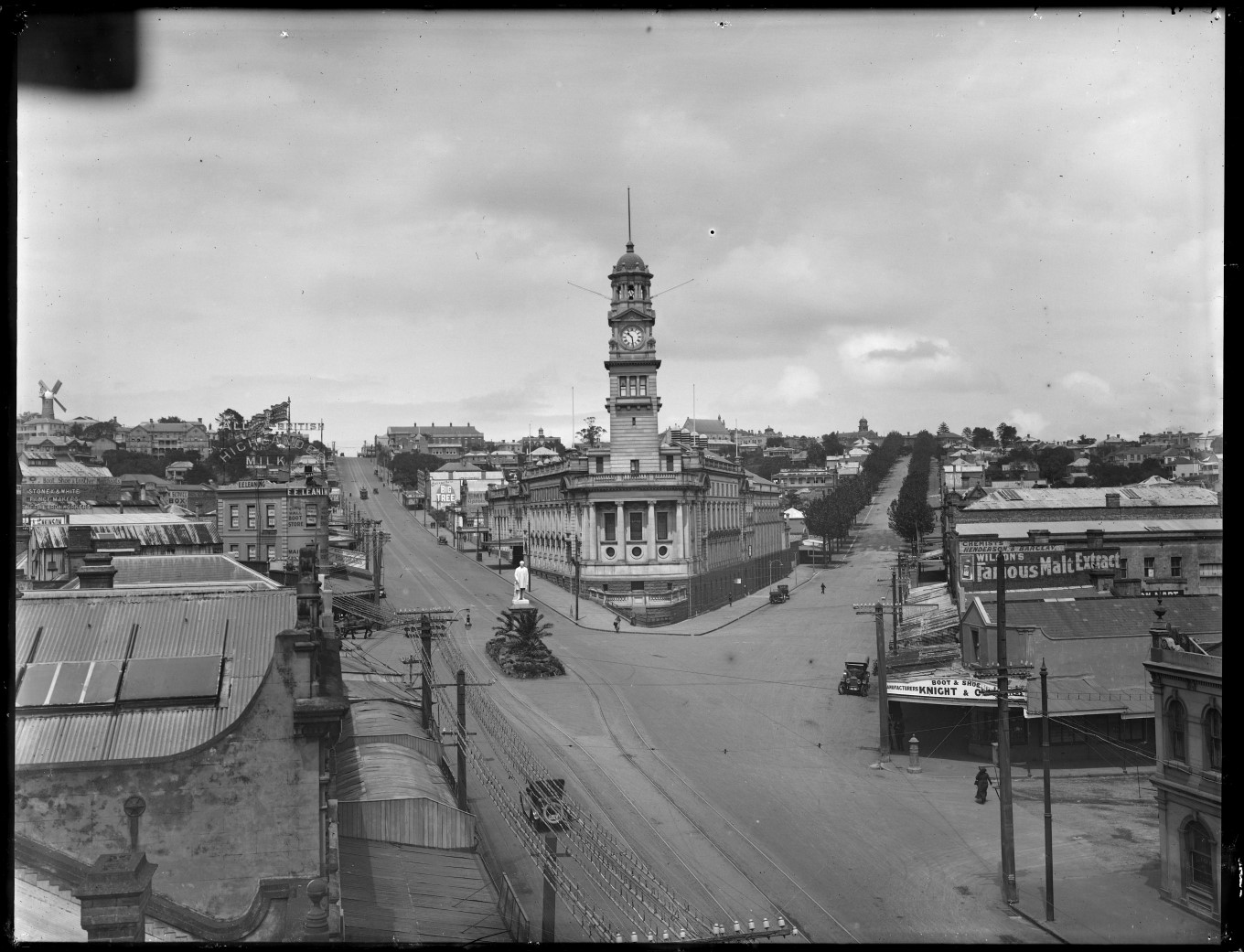When you step back into Auckland’s past on the self-guided Uptown Heritage Walk, prepare to be surprised at how much this slice of the inner city – from Victoria Street to Mayoral Drive – has transformed, from its buildings to its general layout.
The Uptown Heritage Walk starts on the corner of Victoria and Queen Streets, the site of Auckland’s first jail, courthouse, stocks and gallows. When commercial, retail and entertainment businesses began to thrive, signs of crime and punishment rapidly shifted.
Continue up Queen Street towards Wellesley Street, past other historic buildings, and you’ll see the former United Services Hotel which was later home to the London Bar, a popular jazz venue which closed in 2009 after almost 50 years. A little further up on the corner of Elliot and Wellesley Streets, the site of the Fullers Opera House. Ever since the late 1880s, this part of Auckland has been an entertainment hub, so it’s little wonder the Civic Theatre – one of the most “elaborate Atmospheric Theatres in the world” – was built here in 1929.

Between the 1880s and 1920s as the settlement of Auckland grew, major civic buildings including an art gallery, library and the town hall itself were built to reflect the city's increasing size and importance. Stand outside Auckland Town Hall and picture this: instead of Aotea Square and the adjacent landmark buildings, you’re next to a swamp that was formed some 60,000 years ago when local volcanic eruptions sent lava flowing down to dam Te Waihorotiu Stream. The waterway is now hidden from view beneath Queen Street’s asphalt.
Continuing up to Mayoral Drive, you’ll see glimpses of other historic structures – the façade of the Queens Head Hotel and the Auckland Sunday School Union – cross over, walk down past the MLC Building and take the backstreets to Lorne and Kitchener Streets where you’ll find the Central Library and Auckland Art Gallery Toi o Tāmaki. Auckland got its first public library and art gallery in 1887 when Sir George Grey and entrepreneur philanthropist James Mackelvie needed a building befitting the collections of books and artworks they bequeathed to the city. The “impressive French chateau-style building” was designed by Melbourne architects Grainger and D’Ebro.

Fellow Australian architects J. Clark & Sons won a competition to design the Council Chambers and Auckland Town Hall, although placing it on a triangular site was derided, with commenters concerned the building would look like a wedge of cheese. Constructed from Australian basalt and Oamaru stone, it opened in 1911 and was described as a ‘monument to the stupendous folly of the City Council.’ Given how well-used and loved the building is now, it is a folly that paid off!
As well as its administrative use, Auckland Town Hall is also a popular venue, particularly for musical performances. The majestic Great Hall – home to the impressive Town Hall Organ, the largest musical instrument in the country – is known for its excellent acoustics, and as such has hosted many international music acts, including The Beatles, who played four shows here in 1964.

If you want to extend your walk through Auckland’s history and discover more hidden heritage gems, check out the Midtown and Downtown walks here.



